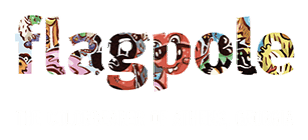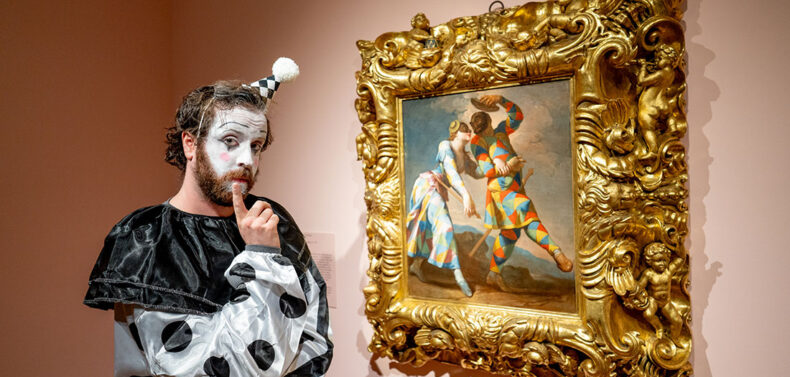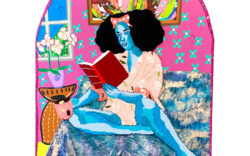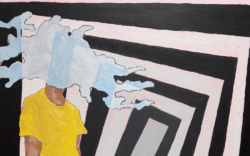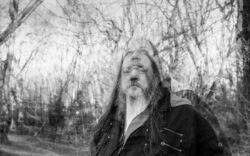The word “clown” most likely conjures a very specific image in your mind, and for some maybe a visceral reaction, too. It might be something as innocent as a performer at a child’s birthday party, or it might be a sinister figure that haunts your nightmares. In the current political climate, you might jump straight to members of our government.
However, clowning is a comedic art form with a deep history and evolution. This year’s Flagpole Favorites model Chase Brantley is seen on the cover portraying a classic clown image, but in his own award-winning clown shows he becomes a more theatrical character. Visually, these images cap the ends of the spectrum of clowning, but one element always remains consistent—the spirit.

To understand clowning, it’s important to know what sets it apart under the umbrella of comedy. Stand-up comedy centers on pre-prepared jokes being told, without requiring props or audience interaction inherently. A flop equals a bad joke, but clowns continually flop and recover as part of their act. Improv is usually a team activity based on scene creation within the bubble of what’s happening on stage, although joke recovery is part of the fun. Brantley explains that clowning is different from these other forms of comedy because the audience is the only thing that matters—a good clown is listening to and taking cues from the audience at all times.
“You enter [the stage] and the audience is the only thing you care about. You’re listening to see if they love what you’re doing. When I teach clown, I often tell people, ‘If you’re not funny, leave the stage.’ You have to respect that because it can help you. If you listen to an audience and you respect when they love you or not, they start to trust you and they start to go, ‘Oh, this person listens to me.’ They’re not being rude. They’re not being nasty. And you can fall in love with them,” says Brantley.
Brantley, who now teaches clown classes in Athens and Atlanta, went to clown school in France and studied under Philippe Gaulier, an influential figure in the rebirth of modern clowning. As for the resurgence of this comedy trend in America, Brantley points to Philip Burgers, who began winning awards internationally with his Dr. Brown character about 13 years ago.
“In his show, he didn’t know what he was going to do each night. He showed up with no plan. He was just present with the audience, and he was playful and alive and listening really well and very beautiful in spirit. The show was electric. People thought it was a new form. It’s not necessarily a new form of comedy,” says Brantley.
Athens native and longtime clown Cal Clements attended the Barnum & Bailey Clown College in Sarasota, FL, an offshoot of The Ringling Bros. circus, as well as an intensive summer course in New York City led by Dick Monday. Clements leans into the traditional elements of clowning, but has witnessed a lot of its evolution in America—the entire history spans centuries and continents.
Circus clowns are cartoonish with makeup that exaggerates their features, and they relate to children in their goofy and “low-status” persona, explains Clements. It’s meant to be wholesome, in-the-moment fun that invites people of all ages to free themselves. However, that idea has been warped into a horror trope, most recently in the popular form of Art the Clown from the Terrifier movies. Before Art there was Pennywise, who has been terrifying children and adults alike for decades in the It novel and movies. Real-life figures like serial killer John Wayne Gacy don’t help the case of the innocent clown.
“Times have shifted. That whole genre of a clown in makeup has shifted to the idea of somebody hiding under the mask,” says Clements. “Clowning is evolving, and part of how it’s evolving is to get away from the makeup and the circus type clown and move onto a stage. I guess you could call it a stage clown of some kind. It’s wonderful how art, of course, evolves and changes, so it’s hard to summarize it all in a word.”
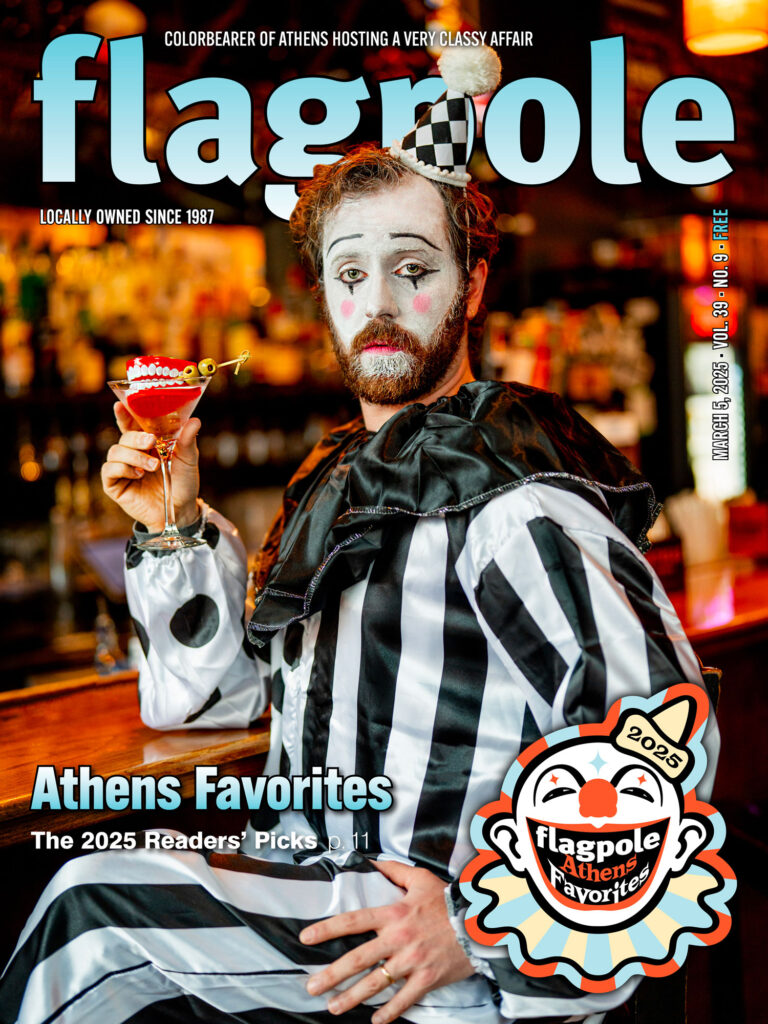
Throughout the art of clowning is a pleasure to be on stage and with the audience. Two important elements of this that have never changed are that it is a game being played and accidents are prime creative tinder. Something like a sneeze in the audience becomes part of the game, says Clements, because the clown’s job is to interact. The game is run on “clown logic,” as Clements calls it, which is the inversion of what we normally know to be true.
Clements owned Rubber Soul Yoga in Athens, a base for his clown troupe as much as a yoga studio, and he says that in some ways clowning is an extension of yoga.
“Clowning is very much about being present in the body. The energy of the audience, the energy of the performer… that exchange becomes the focus,” says Clements. “I felt like when you did enough yoga, you got to a place where your heart kind of opened, and when the heart opened, there’s a lightness. There’s kind of a comedy that happens. There’s a sort of joy of living, and you can translate that into the way that a clown has innocence.”
The clown’s arena is one where everyone involved is given permission to “be an idiot” and indulge in playfulness, explains Brantley. There are no expectations, and the only true rule is to fully live in the present moment.
“I think modern clowning is really about unlocking when you’re most beautiful, when people love you. The tricky thing for a lot of people who are just getting into this is how you’re most loved is often not how you want to be seen. It’s when you make mistakes. It’s when you’re confused. It’s when you’re embarrassed. When you’re human, vulnerable,” says Brantley. “If you give yourself permission to be seen, it’s powerful. Because in real life we don’t get to see that—everyone has a mask. What people don’t realize is that the mask that they think the world wants to see is deeply boring, and the humanity of it is so beautiful.”
Like what you just read? Support Flagpole by making a donation today. Every dollar you give helps fund our ongoing mission to provide Athens with quality, independent journalism.
